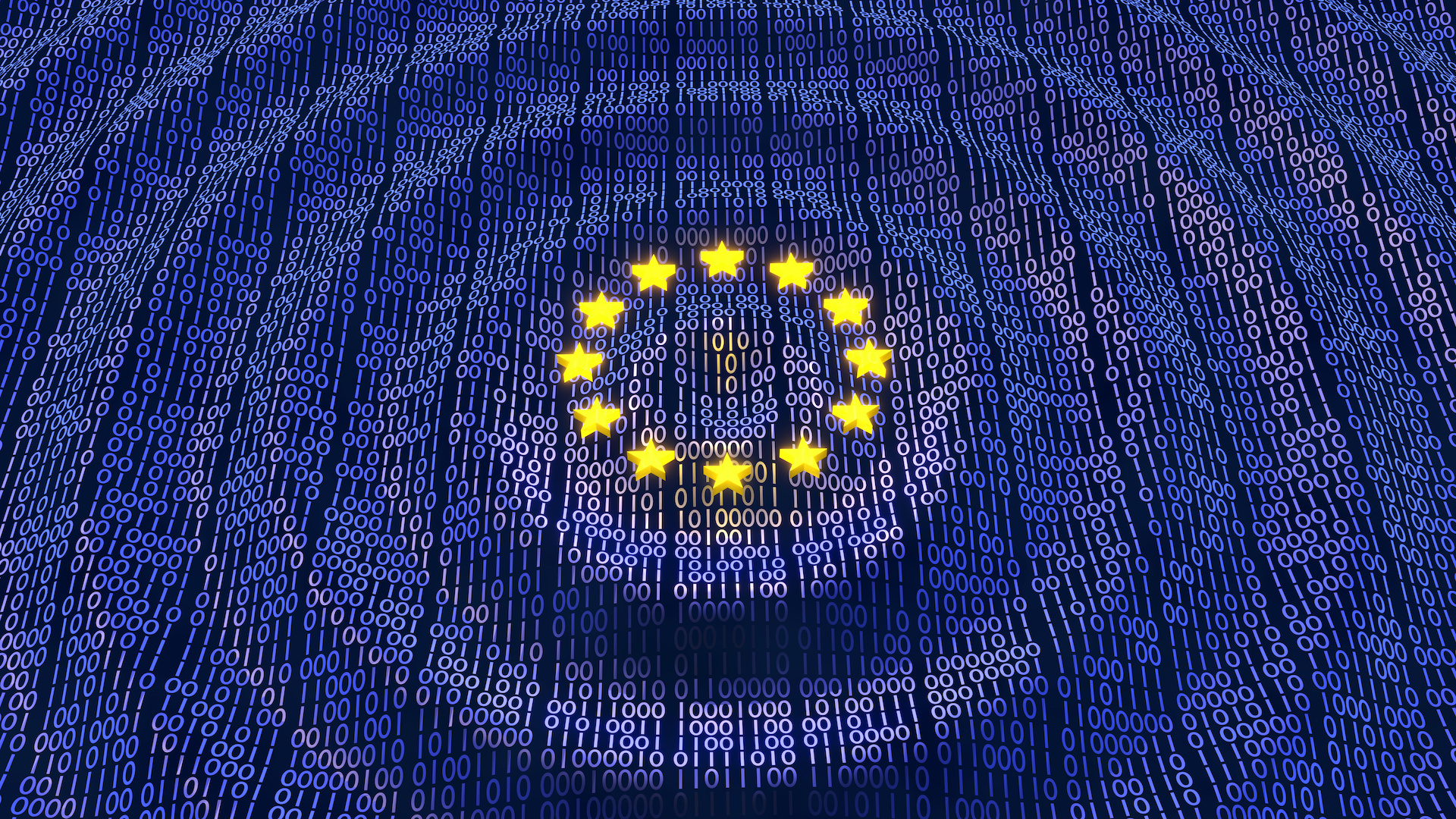In today’s global economy, businesses must be compliant with standards established by various countries so they can service customers around the world. One such regulation you can’t afford to ignore is the GDPR (General Data Protection Regulation), which is the core of Europe’s digital privacy legislation.
The GDPR applies to any organization that operates within the EU or offers goods or services to customers based in the EU. These companies need to ensure that personal data is gathered legally and under strict conditions, as well as protected from misuse and exploitation.
Violation of GDPR rules can result in hefty fines, currently set at up to €20 million, or 4% of a company’s worldwide annual revenue from the preceding financial year, whichever amount is higher.
To ensure that you’re adhering to GDPR guidelines, you need to protect your customers’ information. Here are six technologies that can help you stay compliant:
1. Managed File Transfer (MFT)
Managed file transfer solutions use industry-standard network protocols and encryption methods to streamline the management of company data. These solutions automate data transfer across the organization, network, systems, applications, partners, and cloud environments using a centralized interface.
To use an MFT solution, you’d first securely send a file through an MFT program or email plugin. The software then encrypts the file and delivers it to the intended recipients. Finally, the recipients will decrypt the files so they can read the content.
MFT applications help ensure the secure collection, movement, and usage of personally identifiable data by providing organizations with a holistic view of their data movement processes. Some key security-enhancing capabilities to look for include data encryption, access rights management, and full audit trails.
2. Automated Data Protection Processes
You can use these solutions to automate data protection processes and gain better visibility into the movement of sensitive information in and out of your organization. This helps eliminate inefficiencies, errors, and delays caused by manual procedures. Many of these solutions also offer protection against data loss and data theft while providing enhanced visibility into data breaches.
To make automation work for your business, first define and standardize procedural and technological controls for protecting personal data. Based on your business model and criteria, you can then select a solution that offers the right features, such as encryption, multi-factor authentication, and pseudonymization to implement the automation.
3. Privacy Impact Assessments
These technologies help organizations evaluate the potential impact that their business decisions will have on users’ data privacy. Companies can be clued into potential violations early on, so they can avoid issues down the road.

Such assessments are particularly useful in supporting new product launches, geographic expansions, and mergers and acquisition activities. Organizations can identify high-risk data that’s being collected, assess gaps in their compliance efforts, remediate areas of concern, and create an audit trail to stay compliant.
4. Individual Rights Compliance
Since the GDPR grants individual users the rights over how businesses use their data, you need the tools that will enable customers to enact the right to access their data, restrict or object to the processing of their data, and data portability.
These solutions allow you to create custom individual rights request forms, provide notifications, and set automated reporting to meet individual rights requirements. You can identify the storage locations of the data requested by users and fulfill requests within the required 30-day time frame without interfering existing business processes.
5. Data Mapping
Staying GDPR compliant can be particularly challenging for organizations that don’t have an exacting data management practice. This is because a large part of GDPR focuses on justifying the type and scope of data being collected and demonstrating compliance in a timely manner. Instead of being data processors, organizations need to act as data controllers.
Data mapping solutions help you understand what data your organization is collecting, where the information is being stored, and who has access to it. With such knowledge, you can determine what additional obligations may apply to the data based on sensitivity, geography, or other factors.
6. Pseudonymization Technologies
These technologies allow you to implement a data-masking tactic, which is referenced in the actual text of the regulation.
The technologies work by storing an individual’s information in many separate files and under many different names. As a result, hackers can’t get their hands on customers’ full information by simply stealing one file or reassembling personally identifiable information from multiple sources.
Final Thoughts
A data breach will not only cost you a hefty penalty but also tarnish your reputation, erode trust with customers, and impact your long-term profitability.
Investing in the right technologies for GDPR compliance will pay for itself by helping you implement the right measures in risk management and analytics, regulatory compliance, and auditing and reporting so you can stay secure and compliant.
Megan Wright is the Chief Editor for ChamberofCommerce.com. As a small business expert, Megan specializes in reporting the latest business news, helpful tips and reliable resources, as well as providing small business advice.
© YFS Magazine. All Rights Reserved. Copying prohibited. All material is protected by U.S. and international copyright laws. Unauthorized reproduction or distribution of this material is prohibited. Sharing of this material under Attribution-NonCommercial-NoDerivatives 4.0 International terms, listed here, is permitted.













